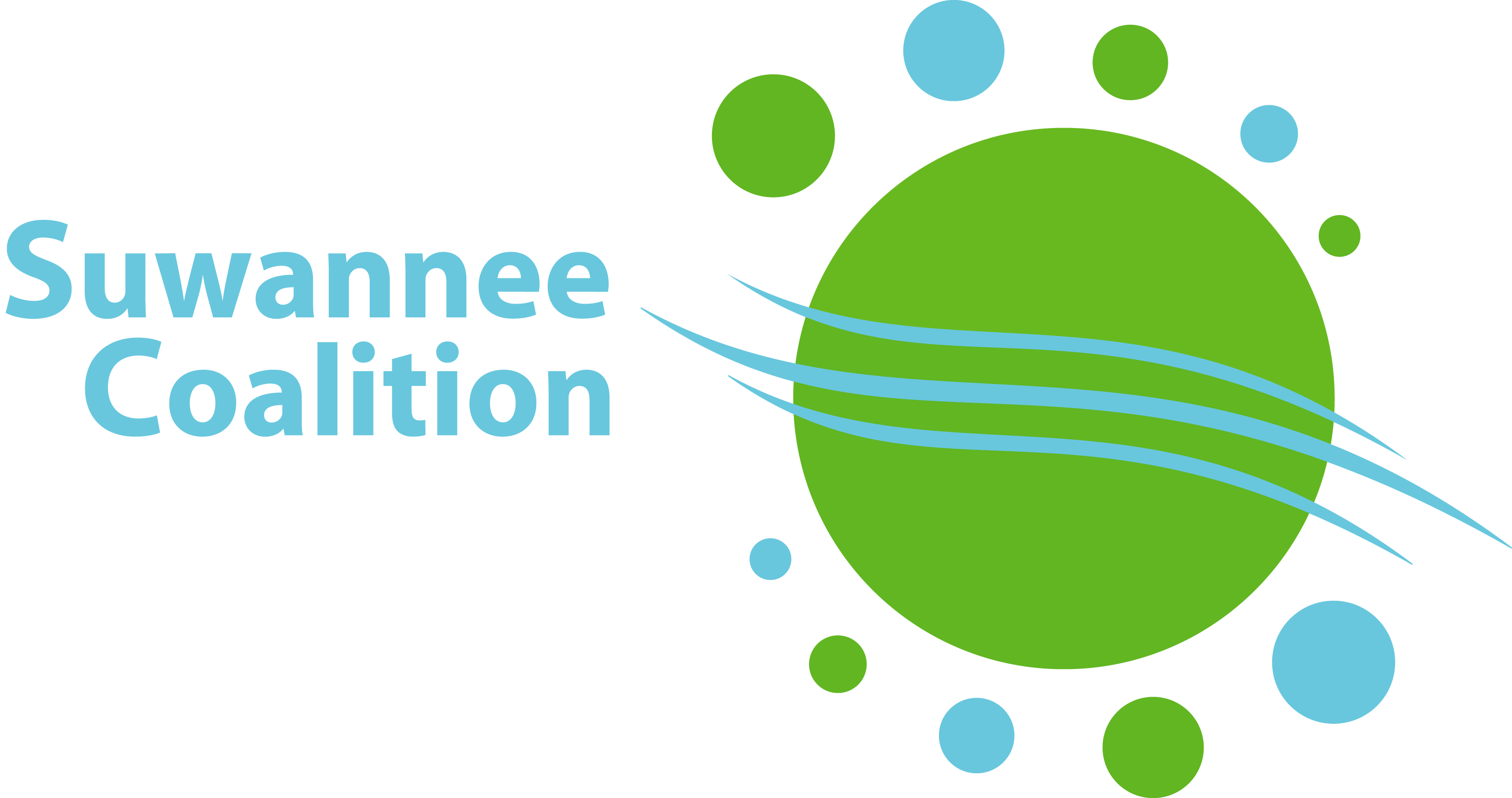Proper disposal of prescription drugs reduces risk of abuse.
Less drugs on the streets means less potential for abuse.
70% of nonmedical prescription pain reliever users obtain their drugs for free from a friend or relative. (Just to be clear we consider a nonmedical user to be someone who takes prescription medication without a prescription or without a legitimate medical need). If this stat surprises you we understand because most of the time these medications are taken without your knowledge or permission.
Ever go to the doctor, get a prescription for an injury or ailment and end up with left over medication? You’re not the only one! Keeping unused prescription drugs around your house isn’t a good idea because research clearly shows this is where most nonmedical prescription medication abusers obtain their drugs.
If not disposed of or stored properly, the prescription medications in your house can be stolen and re-sold by family members, friends and others.
This activity is a leading cause of abuse and it’s especially true regarding teenagers. 56.5 percent of teenagers obtain prescription medications from friends or relatives as compared to 18.1 percent who had the medicines prescribed to them by a doctor. (source)
We all know prescription drug abuse is a significant public health and public safety issue. When used as prescribed, prescription drugs are essential to keeping millions of Americans and people across the world healthy. With Pitch Your Pills you now have an easy way to directly reduce the risk of prescription drug abuse.

Proper disposal of your prescription drugs protects the environment

Proper drug disposal eliminates the risk of medications contaminating florida’s natural resources.
Research shows medication residues leach into water systems, posing serious threats to wildlife. Traces of hormones, antibiotics, anti-depressants, tranquilizers, beta blockers and other chemicals derived from prescription medications are found in our water and have been linked to development problems in fish and frogs (source). Flushing your medications down the toilet or throwing them away in the garbage (unless specifically directed to do so) causes harm to the environment.
Antibiotics, anti-consultants, mood stabilizers and hormones have been found in the drinking supply of 46 million Americans and have been detected in the drinking water of 24 major metropolitan areas (source).
Maybe you’re not one of the many people who take great care to protect the environment and keep our water system clear. However, with such a simple system for disposing your unused drugs in place, the question becomes why would you not take advantage of it and practice proper disposal?



Other concerns
Proper disposal of unused prescription drugs reduces the risk of accidental poisoning
According to the Center for Disease Control and Prevention,medicines are the most common poison exposure category in the U.S. and unfortunately, when medicines are not stored or discarded properly, people can get sick and/or die.
As late as 2003, out of the 78,000 children under age five who were treated for poisonings in U.S. hospital emergency rooms, 45 percent were attributed to medicines. (source)
Senior citizens, who are the biggest consumers of Rx medications, can get sick due to the consumption of out-of-date medicines stored in the home. Use of these drugs to treat new problems can result in confusion over dosages, which medicines take, etc. (source)
Improper medicine disposal can lead to disastrous results
A 4-year old child was found not breathing by her grandparents in their home. Resuscitation was attempted, but was ineffective, and the child died. During the autopsy, a transdermal fentanyl patch, a strong opioid pain medicine, was found in the child’s gastrointestinal tract. Apparently, the child found a discarded patch in the trash and ingested it, resulting in a massive overdose of fentanyl.
A 2-year old child was found in her home rubbing her mouth and staggering. Before entering the house, she had been playing outside and her parent, based on her behavior, believed that she had ingested something. Additional symptoms, including tiredness and abdominal pain, later emerged. She was brought to the ER and her physical examination revealed no remarkable signs of distress. The child was discharged to her parent’s care. The following morning, the child was found unresponsive. Emergency services were called. The child was pronounced dead upon arrival to the hospital. A blood sample taken around the time of dead was positive of oxycodone. (Source)
